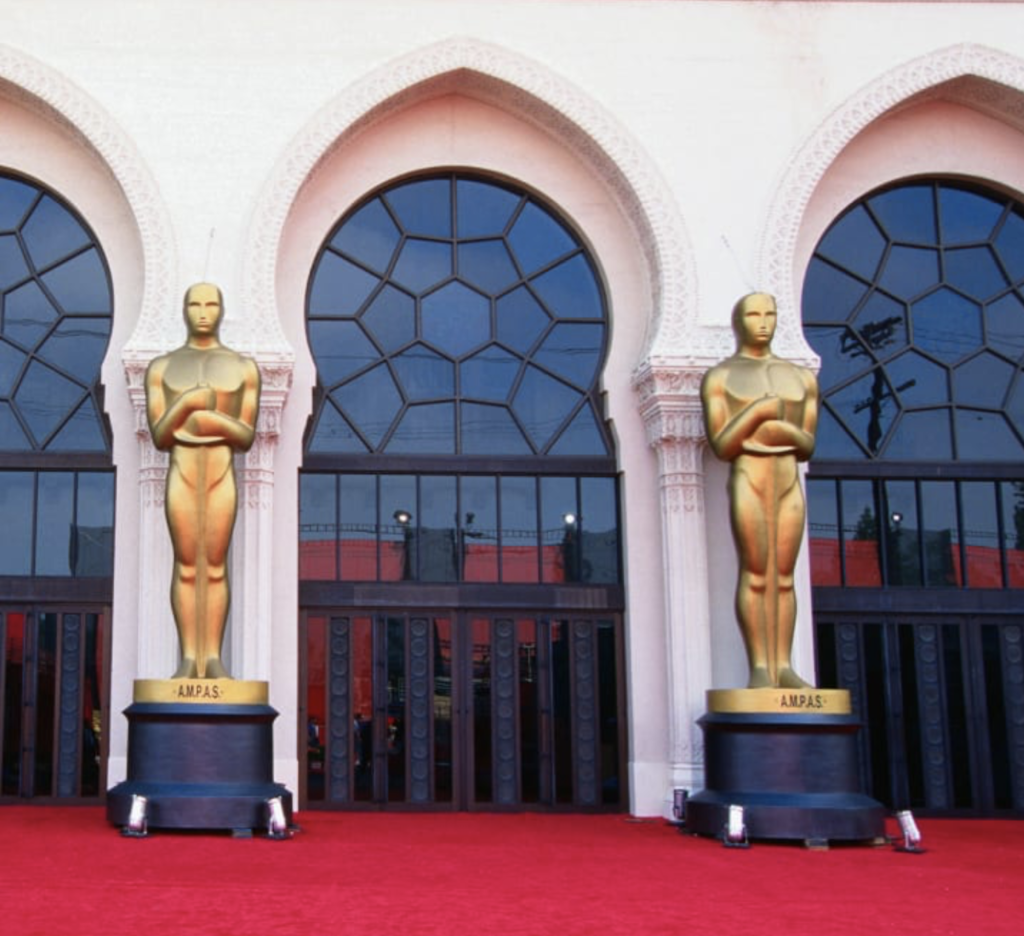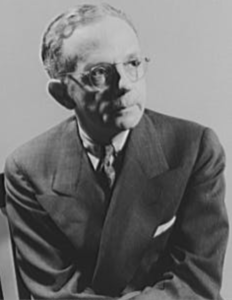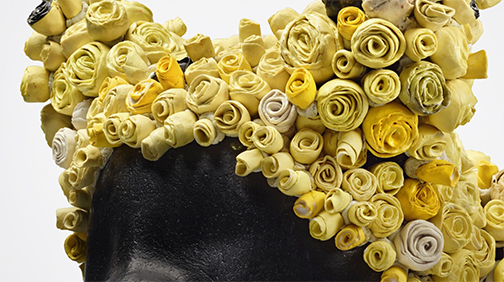ARTS, STYLE & ENTERTAINMENT
This is YOUR lifestyle gallery – of what is new and what is happening in the U.S. And the Black World, not excluding Africa. For this section if you have any news we should know about – let us know at: [email protected]

By Jenny Woodley
The latest raft of damning statistics concerning diversity in Hollywood have revealed that only 12% of films or TV shows reflect the actual balance of ethnic minorities in US society.
These figures are particularly shocking if we consider that over 70 years ago, when African Americans were struggling for their civil rights, they were also engaged in a battle to improve their depiction on film.
In 1942 a man called Walter White travelled from New York to Hollywood, armed with a letter of introduction from the First Lady, Eleanor Roosevelt. His aim was to try to persuade filmmakers to positively portray African Americans in movies.
In 1942 a man called Walter White travelled from New York to Hollywood, armed with a letter of introduction from the First Lady, Eleanor Roosevelt. His aim was to try to persuade filmmakers to positively portray African Americans in movies.

White grew up in Atlanta. His parents, George and Madeleine White, had both been born into slavery. Many of their ancestors had been white, and they had fair skin. In his biography he emphasized this: “I am a Negro. My skin is white, my eyes are blue, my hair is blond. The traits of my race are nowhere visible upon me.” He became head of America’s largest civil rights organization, the NAACP (The National Association for the Advancement of Colored People). Since its creation in 1909, the group had been concerned about African Americans in popular culture, believing that negative representations exacerbated racial tension and reinforced prejudice. As White told a meeting of film producers:
Restriction of Black people to roles with rolling eyes, chattering teeth, always scared of ghosts, or to portrayals of none-too-bright servants perpetuates a stereotype which is doing the Black infinite harm.
He wanted to convince the film industry to produce more positive images. For White and his organization, this largely meant more middle-class, professional characters which would challenge white stereotypes of African Americans. White also wanted more Black characters and faces in interracial settings.
He was helped in his campaign by the atmosphere of World War II. African Americans were quick to realize that the changing climate of a war against fascism might offer an opportunity to press for improvements at home. Additionally, government agencies put pressure on the film industry to produce films which would help the war effort. This included “selling” the war to African Americans and helping to improve black morale. White, who for many years had been monitoring the film industry’s effect on race relations, saw this as the moment to take his case to Hollywood.
Bright lights
So it was that in early 1942 he travelled to the West coast. The trip was a rush of meetings and dinners. Lunching with actors like Jimmy Cagney, Melvyn Douglas and Jean Muir was glamorous but White recognized that they were not the power-makers he needed to reach. The breakthrough came on the last day of his trip when he was summoned to the Biltmore hotel to meet with a group of producers. White boasted that during the meeting leading producer Darryl Zanuck stopped “puffing a cigar” to claim he’d never thought of the issue until White had “presented the facts”.
White returned to Hollywood later that year for more meetings and further attempts at persuasion. He was confident that his message had hit home. But all he actually got were murmurs of agreement and promises. Most film executives were happy to support vague notions of improvements but were suspicious of any real interference or change.
There were a handful of films made during the war which gave White cause for satisfaction and which he cited as proof that his campaign was working. Three war films from 1943 – Crash
Dive, Bataan, and Sahara – showed African Americans in uniform, serving their country and making a great sacrifice. These were the positive depictions White wanted to see on movie screens. Other films made during the war also suggested a relaxation of the racial codes which had governed Hollywood’s use of Black characters.
But these were the exceptions rather than the rule. In fact, opportunities for Black actors may have even decreased after the war. Hollywood decided the best way to avoid controversy about the negative portrayals was to remove African-American characters all together.
Not much headway
So, White’s early attempt at changing racial stereotyping in film fell rather flat. Given the nature of his strategy, this might seem unsurprising – he was drawn to the glamour and dazzled by the bright lights of Hollywood; he enjoyed the chance to mingle with celebrities and powerful people. His campaign boiled down to little more than luncheons and parties and chatting to important people, backed up with frequent press releases and letters.
But at the same time, White knew that he had little leverage and he believed that there was not much to gain from antagonizing Hollywood with radical demands. He was an experienced lobbyist; he had honed his skills on Capitol Hill, and negotiated for civil rights, and he knew how to deal with large egos. But his options were severely limited. White made the most of the opportunities which presented themselves and cleverly tied his demands into the broader conversation about the war. He was able to form an alliance between his organization, sympathetic government officials, and liberals within the studio system. Together they established a more racially tolerant tone which would linger throughout the decade.
The NAACP has continued to monitor Hollywood’s treatment of race. In 1967 it established the annual Image Awards as a necessary alternative to the almost exclusively white mainstream awards, such as the Oscars. And when this year’s Academy Awards were announced, the NAACP issued a statement explaining “our mission and efforts are as relevant today as they have been in the past”. Clearly much has changed in America’s racial landscape since Walter White went to Hollywood to press for improvements. Nevertheless, 70 years on, there are still far too few Black people on the red carpet.
A beguiling bust of woman resting in serene self-possession as intricately inlaid yellow flowers blossom atop her demure head, Birmingham alluringly embodies Simone Leigh’s deft artistic inquisition into the histories and nuances of Black femininity.
Your comments, ideas, and thoughts matter.
Drop us a line:
